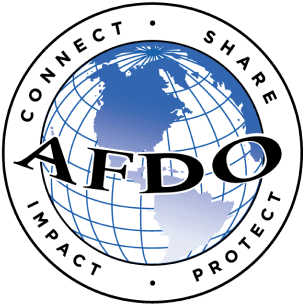Fish Evisceration Training Video
Uneviscerated, salt-cured, whole fish products have called several outbreaks of botulism and death. Botulism is a severe form of food poisoning caused by ingesting foods containing a neurotoxin produced by the organism Clostridium botulinum. Specifically, it is the pores of Clostridium botulinum that are commonly found in fishery products and the marine environment, and they represent a public health hazard when conditions are suitable for a vegetative cell growth in toxin production.
The control of the growth and toxin production from Clostridium botulinum in fishery products is accomplished through spore destruction such as in the retorting of canned foods or by inhibiting vegetative cell growth by \controlling the water activity, PH, or water phase salt level or through the use of approved chemical inhibitors. The control measures must be applied rapidly and uniformly throughout the product to protect consumers from this potentially life-threatening toxin.
FDA considers uneviscerated fish that are salt-cured, acidified, dried, or smoked to represent a potentially life-threatening health hazard. In addition, fillets, parts, or other products derived from uneviscerated fish pose the same potential health hazards as the original product. Therefore, the exception of small, uneviscerated fish that are less than 5 inches in length, the FDA considers uneviscerated fish, that will be salt-cured, acidified, dried, or smoked, as well as products made from them, to be adulterer within the meaning of section 402(a)(4) of the Federal Food, Drug, and Cosmetic Act, in that the product has been prepared , packed, or held under insanitary conditions whereby it may have been rendered injurious to health.
